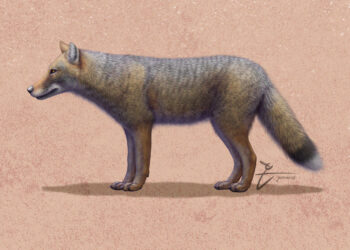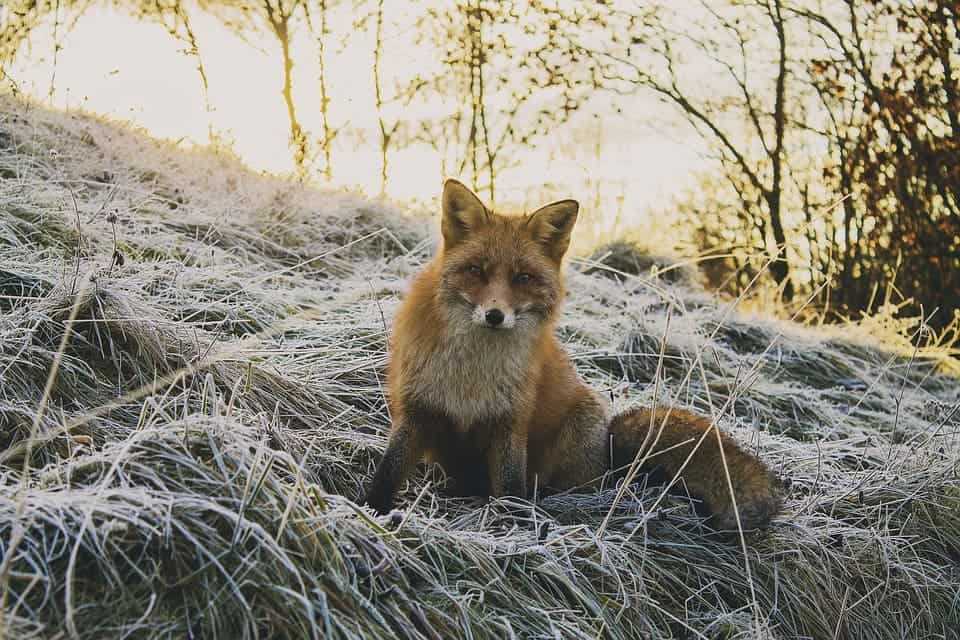The Catalina Fox simply can’t catch a break – it went from endangered, to doing so well that local residents want to kill it again.

In the Santa Catalina Island, a rocky island off the coast of the U.S. state of California, lives the smallest fox in the world – the Santa Catalina Island fox; or short, the island fox. The island fox (Urocyon littoralis) is significantly smaller than all fox species (something common for animals who evolve for long periods of time in insular habitats) and until recently, was considered near extinction.
In 1999, all but 100 out of 1,300 foxes on Catalina Island were wiped out because of a virulent strain of canine distemper. Biologists and wildlife conservationists moved in to protect the species, and following a successful recovery program, the fox population was restored to 400 individuals – a number considered a self-sufficient population.
But the species is not out of problems yet – now, the island fox is doing so well that it is actually migrating a bit towards a small city on the island, finding themselves stuck in uncovered water containers, trapped inside garbage cans, poisoned by rat poison and hit by dogs. The Catalina Island Conservancy has responded by raising funds for “animal proof” trash cans and installing “fox crossing” signs to remind motorists to keep an eye out.
With no natural predators other than humans and dogs (who are not really natural predators), the population thrived.
“The recovery of the island fox is one of the great success stories of ecological restoration. But with no natural predators, this little fox is the king of beasts on Catalina — and that can get it into trouble. I once honked the horn long and loud to get one out from under my car. It didn’t budge,” said Dave Garcelon, president of the Institute for Wildlife Studies, a nonprofit research organization. In 2014, at least 21 foxes died after being struck by vehicles; two drowned in uncovered water containers; one was fatally mauled by an unleashed dog; and one perished after ingesting rat poison, the Catalina Island Conservancy said. The underlying cause of death of nine additional foxes, many of them found near roadside trash cans, was listed as unknown,” according to Louis Sahagun of the Los Angeles Times.
But despite some people getting alarmed, biologists say that there is no need to worry, and even state that the population will regulate itself. In 2013, 68 pups were counted out of 362 captured animals, while in 2014, only 19 pups were counted for about the same number of foxes – so the population is managing its own numbers.
“It may be that the fox population is regulating itself in the face of higher population densities and reduced abundance of prey such as mice due to the ongoing drought,” said Julie King, director of conservation and wildlife management at the Catalina Island Conservancy, said in an interview with the Los Angeles Times.
The foxes are tiny, averaging 18-20 inches in length and four to six inches in height with a tail between four and 11 inches. They pose no threat to humans.






